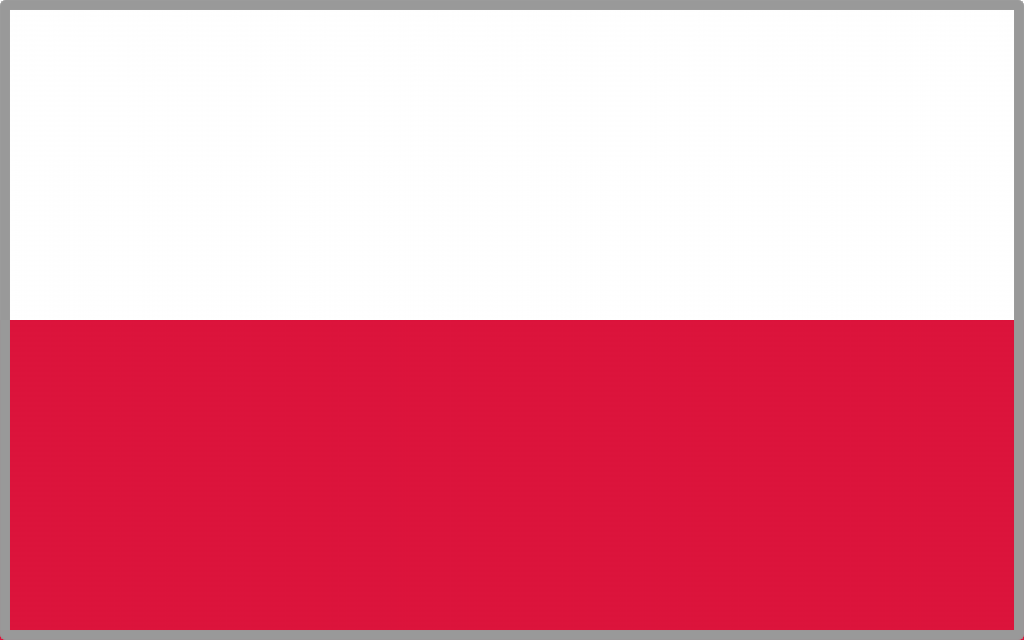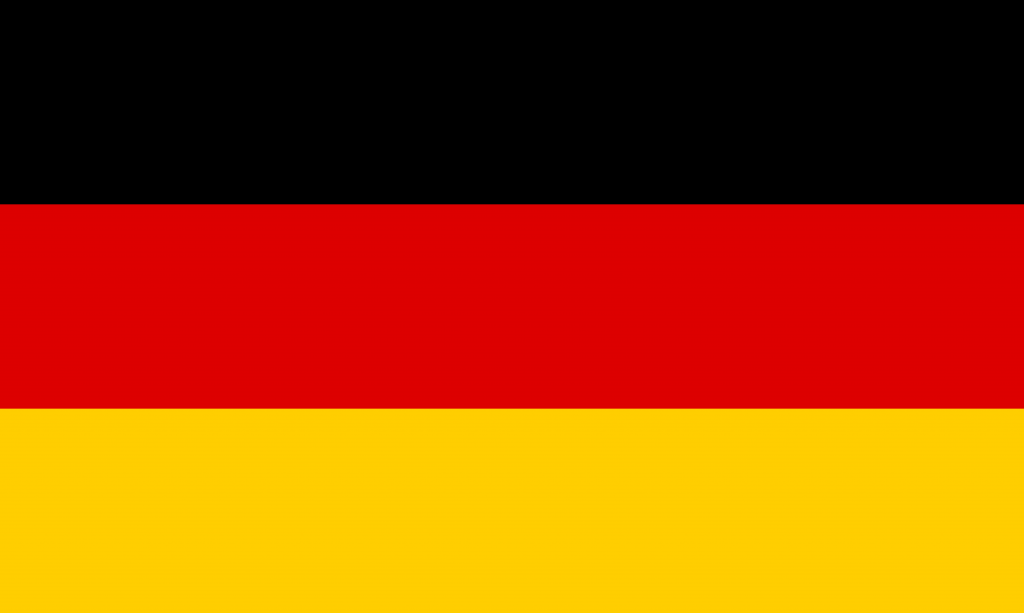Choosing a format for printing is more than just determining the size of the paper. This decision can affect the appearance of your project, how your audience receives it, and how much it will cost you. Whether you’re thinking about a book, poster, flyer or brochure, a good print format is key to success. In this post, we’ll look at 5 popular sizes that work particularly well for printing books and other materials.
1. A5 format (148 x 210 mm) – Small but convenient
A5 is one of the most popular book formats, especially in fiction, guidebooks and educational books. It’s handy, yet gives enough space for text and graphics. Due to its compactness, many people often use it for brochures, flyers, and catalogs.
Why choose A5?
- It’s handy – it’s easy to hold in your hand and can be easily put in your bag.
- Economical – smaller pages mean lower printing costs.
- Aesthetics – the proportions are nice and pleasing to the eye.
2. A4 format (210 x 297 mm) – A classic with a large footprint
A4 is a versatile printing format that works well not only in the office, but also for printing books, magazines, manuals or reports. With its larger footprint, A4 is great for projects with lots of text or graphics, where you need space to make everything look clear.
A4 Usage:
- Ideal for textbooks and academic books where the content needs to be legible and the graphics clearly visible.
- Often chosen for catalogs, magazines and brochures with more content.
- The standard in the office – reports, documents and official letters are usually just printed on A4.
Although not as handy as smaller formats, A4 offers more possibilities in terms of content layout and graphics.
3. Format for printing 170 x 240 mm – Gold center for books
The 170 x 240 mm format is a great choice if you are looking for something larger than A5, but smaller than A4. It’s ideal for scholarly books, non-fiction, as well as comics and illustrated books. It’s a format that gives you a little more space for text and graphics, but is still manageable enough to easily hold and carry.
Why choose 170 x 240 mm?
- It gives more space for content than A5, but it’s not as big as A4, so it’s still comfortable to use.
- Popular in science books, comic books and illustrated books.
- It looks professional while being reader-friendly.
This size is increasingly chosen by book publishers who are looking for a compromise between space for content and portability.
4. DL format (99 x 210 mm) – Ideal for flyers and folders
DL is a format that is great for printing flyers, brochures and promotional materials. It is narrow and long, which makes it stand out from other formats. Although less commonly used in books, it is sometimes popular in travel guides or pocket publications.
Why is DL so practical?
- It looks attractive due to its elongated proportions.
- Easy to store and transport – it will fit in a pocket, purse or even a mailbox.
- A great choice for flyers, brochures, travel guides and advertising materials.
DL format is a practical and aesthetically pleasing choice for various promotional and informational printed materials. It is especially effective if you want your materials to attract attention.
5. A3 format (297 x 420 mm) – Ideal format for printing posters
If you’re planning to create a poster or advertising graphic, A3 will be a great choice. It’s also ideal for projects that need to be clearly visible from afar. It’s twice the size of A4, which gives you plenty of room for illustrations, photos, large text or other graphic elements. A3 is often used for printing posters, placards and diagrams and maps.
Why should you bet on A3?
- Plenty of space for creative designs – ideal for posters, advertisements, diagrams or even larger technical drawings.
- Attracts attention from a greater distance, so great for promotional projects.
- Used in materials that are meant to be clearly visible and understandable at a glance.
A3 is not a practical format for books. However, it works well when you need a lot of space and visibility, especially in graphic and promotional projects.
Summary
Format for printing: choosing the right one is a key part of any project – whether it’s a book, poster, flyer or catalog. Each format has its own strengths, so you should think carefully about which will be best for your project.
The most popular formats, such as A5, A4, 170 x 240 mm, DL and A3, are tried-and-true options that fit different types of print. By knowing these sizes, you’ll find it easier to choose the right format for your needs. This ensures both the functionality and aesthetics of your project. Now, with this knowledge, you can confidently plan your prints and create materials that are both practical and eye-catching!





